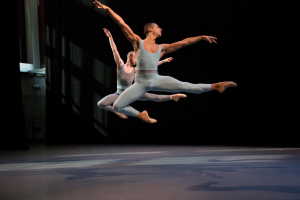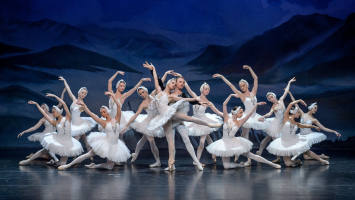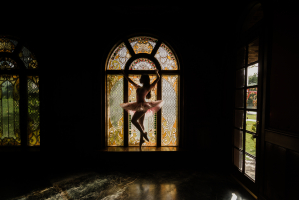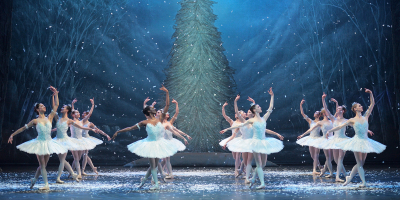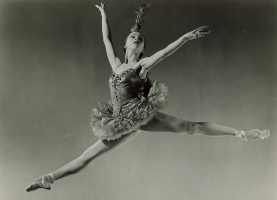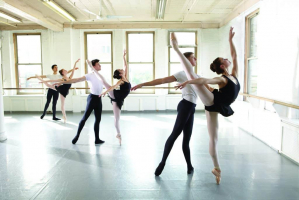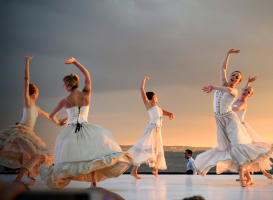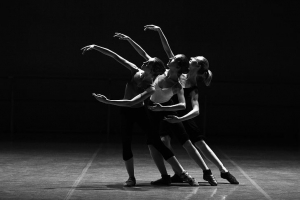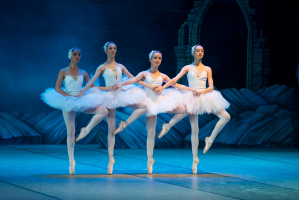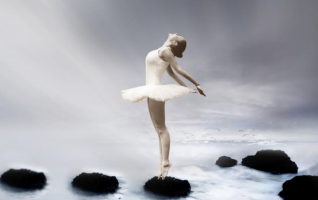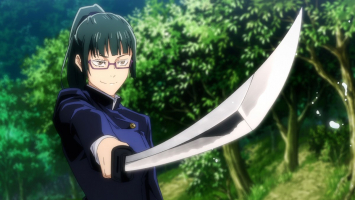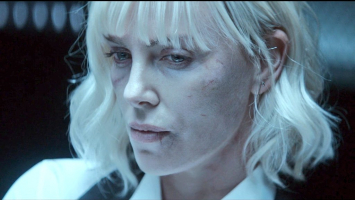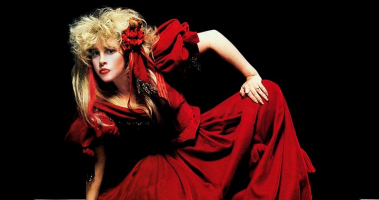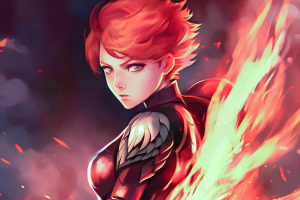Top 10 Best Female Ballet Dancers
The tenacity and determination of the ballerina are admirable. But who are the best female ballet dancers? Let's find out with Toplist!... read more...
-
Anna Pavlovna Pavlova was a Russian prima ballerina who lived in the late nineteenth and early twentieth century. She was a member of the Imperial Russian Ballet and Sergei Diaghilev's Ballets Russes. Pavlova was accepted into the elite St. Petersburg Imperial Ballet School (modern-day Vaganova Ballet Academy) within two years. She aced the school's entrance exam, which was then led by a famous ballet instructor, Marius Petipa.
Pavlova immediately climbed to prominence, and with each performance, her name became a regular in the news. Her career high point came in 1906, when she performed the main solo in Michael Fokine's The Dying Swan. Her beautiful motions and strong facial expressions portrayed the vulnerability and cost of life flawlessly. The Dying Swan would go on to become Pavlova's most talked-about performance.
Anna Pavlova died on January 23rd but her influence and legacy are still felt today. Pavlova is also credited for inventing the modern-day pointe shoe, which has a strong shank and a sole that curves around the dancer's foot to provide greater support. Her legacy continues on through dance schools and organizations named after her, but perhaps most importantly through the generations of dancers she inspired.
Born: 1881
Died: 1931
Nationality: Russian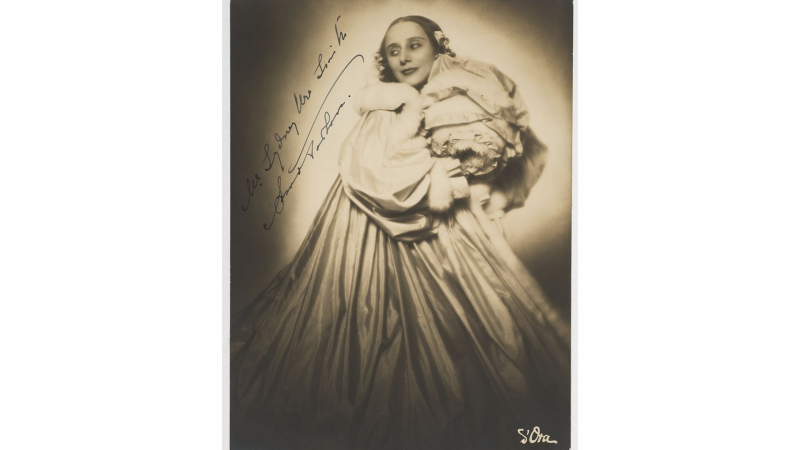
Photo on Picryl (https://picryl.com/media/anna-pavlova-in-costume-for-the-solo-christmas-before-1929-dora-photographer-9c0625) Amy -
Galina Sergeyevna Ulanova was born in St. Petersburg, Russia, on January 8, 1910. She was a Russian ballet star widely considered as one of the twentieth century's greatest ballerinas as well as one of the best female ballet dancers. Russians dubbed her "the ballerina of the morning" in honor of her youth. Ulanova excelled particularly in Lavrovsky's adaptation of Prokofiev's Romeo and Juliet. She was the first Juliet to appear on the stage of the Kirov Theatre.
Galina Ulanova began her professional ballet training when she was quite young. She was very successful in her ballet profession at the time, and she continued to train in ballet for many years after that. When Galina Ulanova was very young, her parents sent her to the Leningrad Choreography School, where she studied under Agrippina Vaganova and her own mother. Galina Ulanova's remarkable dancing abilities were widely recognized and applauded by the audience and fellow dancers. Her ballet ability has also set a new standard for dance brilliance.
Galina Ulanova's impact on Russian dance, and arguably ballet in general, is unparalleled. Galina Ulanova, also known as the "Goddess of Dance," was a famed St. Petersburg ballerina. Because of her exceptional talent and grace, she rose to become the world's number one ballerina. She transformed ballet and is still admired today.
Born: 1910
Died: 1998
Nationality: Russian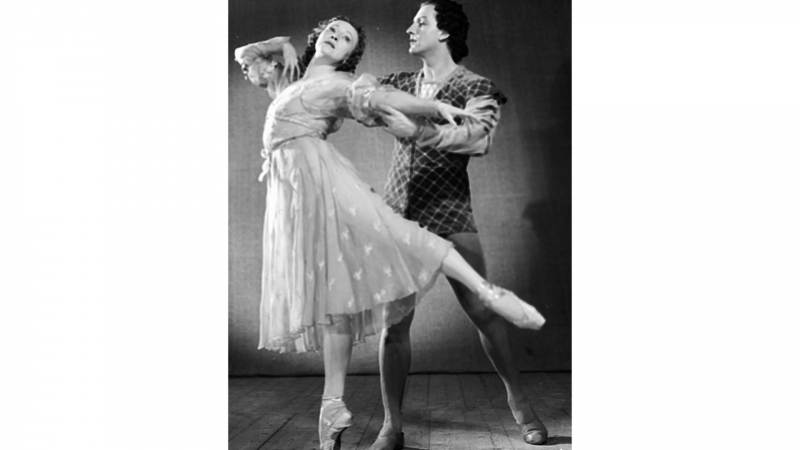
Photo on Wikimedia Commons (https://commons.wikimedia.org/wiki/File:RIAN_archive_11591_Galina_Ulanova_and_Yury_Zhdanov_in_the_ballet_%22Romeo_And_Juliet%22.jpg) jkircher314 -
Lilian Alicia Marks was born to Arthur and Eileen Marks in Finsbury Park, London. She and her four sisters spent a lot of time with their paternal great-grandfather, Abraham Marks, who worked in theater costuming, and the girls frequently wrote and produced their own plays and shows.
Serge Diaghilev discovered her when Alicia Markova was thirteen and encouraged her to join his Ballets Russes, which was performing in Monaco at the time. "Child Pavlovna" was her nickname. Many parts have to be created specifically for her due to her young age. Not only had she achieved a huge career milestone as a teenager, but she also had the opportunity to learn with Enricho Cecchetti. Diaghilev's name was changed from Lilian Marks to Alicia Markova. A Russian name was an advantage for a ballet dancer throughout much of the twentieth century.
Alicia Markova, hailed as the ultimate Giselle interpreter, was a catalytic modernizing force for both British and American dance. She began her career at a time when British ballet was in its infancy and was essential in the establishment of the country's first companies, Ballet Rambert and the Royal Ballet, as well as co-founding the English National Ballet. Markova, along with Dame Margot Fonteyn, is one of only two English dancers to be named prima ballerina assoluta.
Born: 1910
Died: 2004
Nationality: British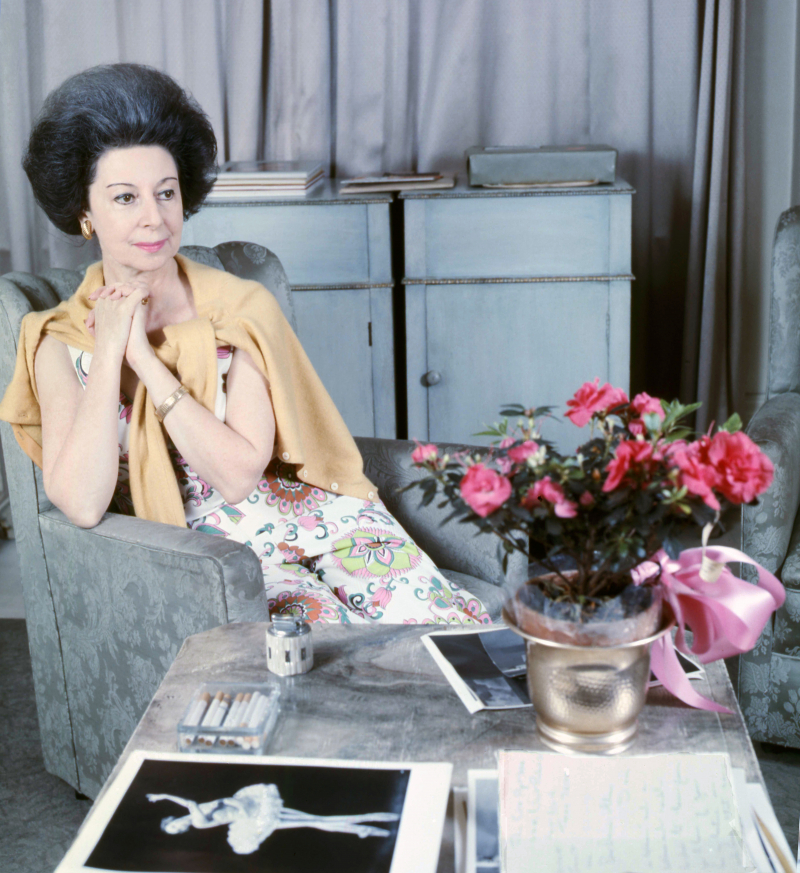
Photo on Wikimedia Commons (https://commons.wikimedia.org/wiki/File:Alicia_Markova_4_Allan_Warren.jpg) John Hall -
Dame Margaret Evelyn de Arias DBE was an English ballerina who performed under the stage name Margot Fonteyn. She danced for the Royal Ballet (previously the Sadler's Wells Theatre Company) her entire career, finally being named prima ballerina assoluta of the company by Queen Elizabeth II. She began ballet lessons when she was four years old and studied in England and China, where her father was moved for work. Her training in Shanghai was with Russian expatriate dancer Georgy Goncharov, which fueled her passion in Russian ballet.
Fonteyn, a dancer of unparalleled musicality, line, and grace, was instrumental in making ballet more accessible and popular in the United Kingdom than it had ever been. Her collaboration with Rudolf Nureyev captivated the public; following their first performance together in Giselle in 1962, they received 23 curtain calls. But Fonteyn was a global sensation long before Nureyev: she took the lead in Swan Lake the year he was born, and she is still the Royal Ballet's only Prima Ballerina Assoluta.
Dame Margot Fonteyn's generosity to her art and to the world of ballet in general was enormous, as she gave her performances everything she was and everything she had. Her serenity, sensitivity, and graceful body shapes that appeared absolutely natural and effortless while pushing the bounds of classical ballet were praised. She is definitely one of the best female ballet dancers.
Born: 1919
Died: 1991
Nationality: English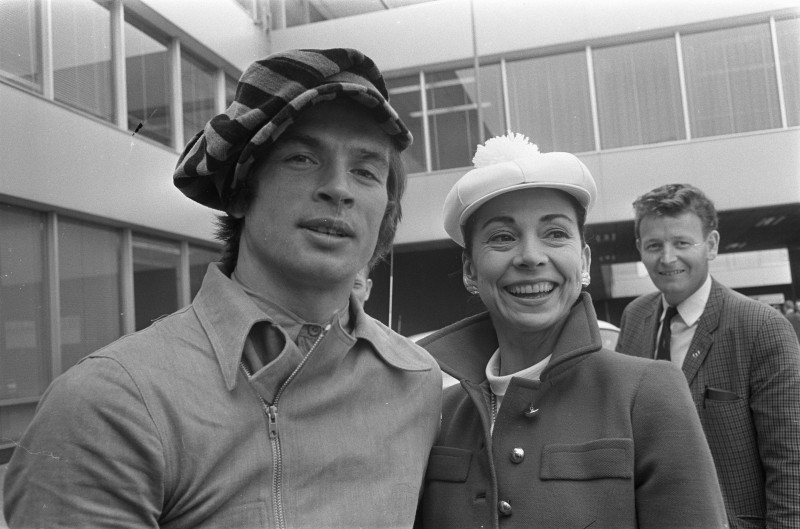
Photo on Wikimedia Commons (https://commons.wikimedia.org/wiki/File:Aankomst_Margot_Fonteyn_en_Rudolf_Nurejev_op_Schiphol_Margot_Fonteyn_en_Rudolf_N,_Bestanddeelnr_921-5008.jpg) ICAClassics -
Nadia Nerina, who was born in Bloemfontein, South Africa, was one of the young Commonwealth dancers who revitalized the then-Sadler's Wells Ballet in the years following WWII. Nerina was also totally lovely as the title character in Ashton's Ondine, conceived in 1964 for Margot Fonteyn, who was deemed irreplaceable at the time. She worked her way up through the corps de ballet, but De Valois quickly recognized her distinctiveness when she saw Nerina perform the pas de trios in Swan Lake, recognizing and promoting what Nerina characterized as "my natural style."
A superb Royal Ballet main ballerina whose bravado earned her praise in Russia. She became immortal after having Frederick Ashton's masterpiece La Fille mal gardée produced by her. She was renowned as Covent Garden's top technical in the 1950s and 1960s, and she both impressed and humbled Rudolf Nureyev when he attempted to show off in a performance of Giselle with a series of 16 entrechats six (leap with fast changes of foot). A few nights later, with Nureyev watching from the stalls, Nadia Nerina (replacing the normal fouettés) doubled his accomplishment to 32 - an unheard-of feat for a female dancer - and an angry Nureyev rushed out of the theater.
Born: 1927
Died: 2008
Nationality: AfricanICAClassics medici.tv -
Sylvie Guillem would be the following best female ballet dancer Toplist wants to mention. Sylvie Guillem was born in Paris's 11th arrondissement in 1965. Guillem, as a child, aspired to be a gymnast rather than a ballerina, and even trained for the French Olympic gymnastics squad. Claude Bessy (director of the Paris Opera Ballet School) spotted her talent and gave her a place to board at his school.
With exhilarating skill and heart-stopping dramatic presence, she is the most complete and significant artist of her generation. She began as a brilliant ballerina and has evolved into a superb contemporary dancer, continuing to perform the most interesting and hard work available. She joined the Paris Opera Ballet School in 1977, the company in 1981, and subsequently rose dazzlingly until 1984, when she became the company's youngest ever étoile - the highest rank of the Paris ballet - following a matinée performance of Swan Lake.
Sylvie Guillem is regarded as one of the most renowned dancers in history. She altered the image of traditional female dancers with her agile and strong figure, lovely legs, and rich expressive capacity. She pioneered a new model of classical ballerina, revolutionizing classical ballet. She took on new pieces one after the other and became the multi-talented dancer we know today at a period when contemporary and modern dance were not connected with traditional ballet dancers.
Born: 1965
Nationality: FrenchDanceLine Ballet ear8002 -
Nina Ananiashvili was born in the Georgian capital of Tbilisi. She began ballet education at the Georgian State Choreographic School when she was ten years old. She enrolled in the Moscow Choreographic School when she was thirteen years old. When she graduated in 1981, she joined the Bolshoi Ballet.
While remaining a Bolshoi prima ballerina, she joined the ABT as a principal dancer. She has also performed with the Royal Danish Ballet, the Kirov Ballet, the Royal Ballet of the United Kingdom, Covent Garden, the Royal Swedish Ballet, the National Ballets of Norway, Finland, and Portugal... She has performed over a hundred ballet pieces and has earned first prizes in the Varna International Ballet Competition (1980), the Moscow International Ballet Competition (1981), and the International Ballet Competition Jackson, Mississippi (1986, USA).
Alluring grace, alluring mystique, personal enchantment, instinctive expressiveness, and the technical wizardry to lure the public into unvoiced passions and aspirations – these are the attributes that distinguish a handful of true ballerinas from multitudes of mere female ballet-dancers. Nina Ananiashvili, the Georgian-born, Bolshoi-trained artistic director of the State Ballet of Georgia, is among that small group.
Born: 1963
Nationality: Georgian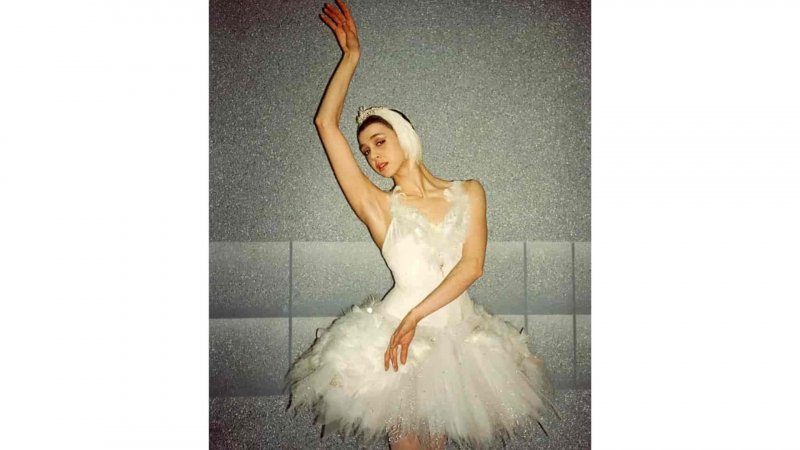
Photo on Store norske leksikon (https://snl.no/Nina_Ananiashvili) Aleksandre Ananiashvili -
Next one in the list of the best female ballet dancers in Ulyana Lopatkina. Ulyana Lopatkina was born on October 23, 1973 in Kerch, Ukraine. Ulyana began dance lessons at a young age and was accepted into the Vaganova Academy of Russian Ballet in St. Petersburg, where she studied the art of dancing with Galina Novitskaya in primary school and Natalia Dudinskaya in higher school.
Ulyana performed in the world's most prestigious theaters. The Mariinsky Theatre in St. Petersburg, the Bolshoy Theatre in Moscow, the Royal Opera House in London, the Grand Opera de Paris, La Scala in Milan, the Metropolitan Opera in New York, the National Theatre of Opera and Ballet in Helsinki, and the NHK Hall in Tokyo are among them.
Ulyana Lopatkina rose from humble beginnings as a gawky little dancer to become Russia's greatest ballerina and a national legend. Ballet rarely produces an artist who represents more than exceptional skill and a striking theatrical personality, and who comes to represent a kind of national aspiration. Galina Ulanova and Margot Fonteyn were highly adored, and it appears like Lopatkina will be as well.
Born: 1973
Nationality: Ukrainian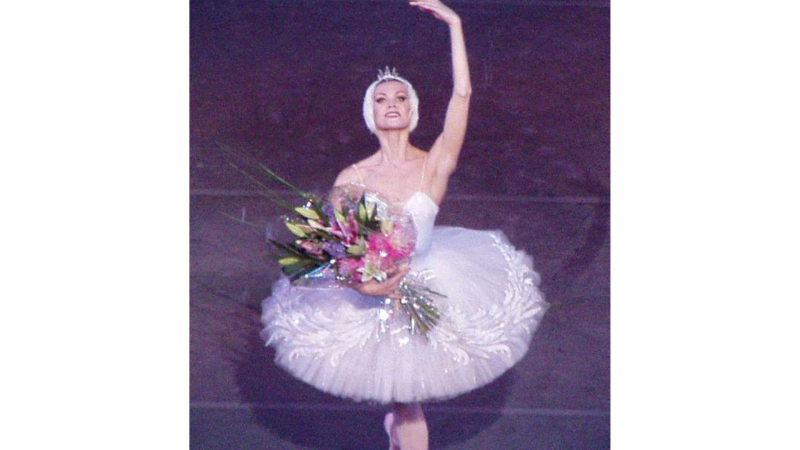
Photo on Wikimedia Commons (https://commons.wikimedia.org/wiki/File:Ulyana_Lopatkina.jpg) DanceLine Ballet -
Pierina Legnani was the first Prima Ballerina Assoluta and considered to be one of the best ballerinas of all time. She was born on October 1, 1868, in Milan, Italy, but little is known about her personal life because she led a very quiet life outside of the theater and was never the target of gossip or controversies.
Legnani began dancing at the age of seven, and after a year of individual instruction, she was accepted into the La Scala School, where she spent ten years training. In her final year, she assisted Prima Ballerina Maria Giuri as an understudy. After a brilliant career in her home Italy, she later danced as Prima Ballerina in Eugenio Casati's ballet Salandra at the Alhambra Theatre in London in 1890.
Her greatest success came in Russia, where she inserted 32 fouette spins into her performance of CINDERELLA, which she had done in London the year before. Pierina Legnani also broke Bessone's previous record of 14 fouettés. The audience was surprised when she inserted her fouettes. This feat became a staple of the ballet.
Born: 1868
Died: 1930
Nationality: Italian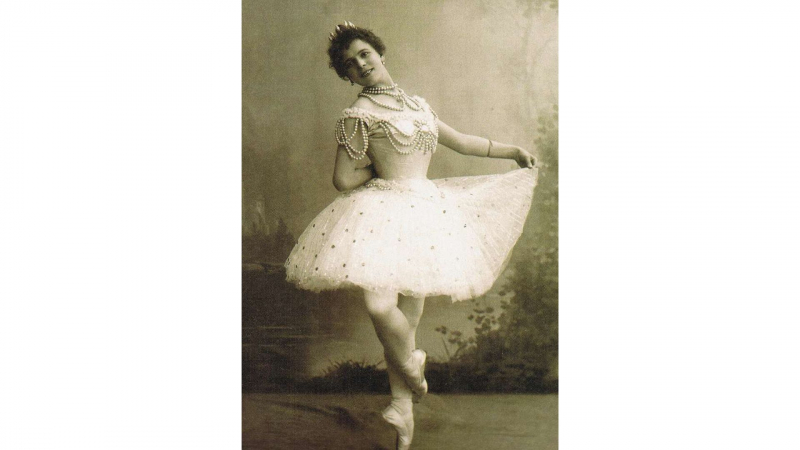
Photo on Collections - GetArchive (https://garystockbridge617.getarchive.net/amp/media/legnani-whitepearl-a32d6a) 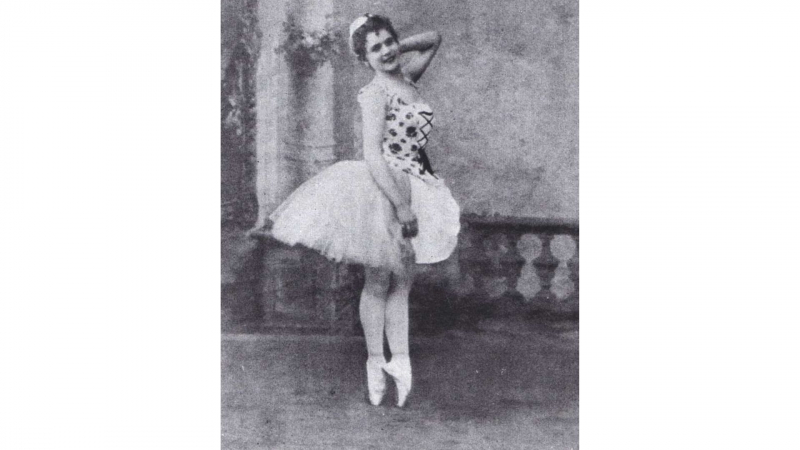
Photo on Collections - GetArchive (https://garystockbridge617.getarchive.net/amp/media/cinderella-title-role-pierina-legnani-1893-4df50c) -
Darcey Bussell is the most famous British ballerina of her generation as well as one of the best female ballet dancers. She is aslo a former Principal with The Royal Ballet. During her nearly two decades as a Principal, she gained international acclaim for her unusual blend of having a tall and athletic body while dancing with sweet lyricism.
Darcey attended The Royal Ballet School before joining the Company in 1988. After the premiere of Kenneth MacMillan's The Prince of the Pagodas, in which she developed the lead part, she was elevated to Principal in 1989, at the age of 20. Darcey left the Company in June 2007 with a live broadcast of MacMillan's Song of the Earth on BBC2. She came out of retirement to perform the 'Spirit of the Flame' at the closing ceremony of the 2012 London Olympics.
Far and away the Royal Ballet's most acclaimed home-grown ballerina in recent decades, and the only one after Margot Fonteyn whose fame has transcended the confines of the dance world. Darcey Bussell is currently a judge on Strictly Come Dancing, but few will forget her line, musicality, athleticism, and glitz.
Born: 1969
Nationality: British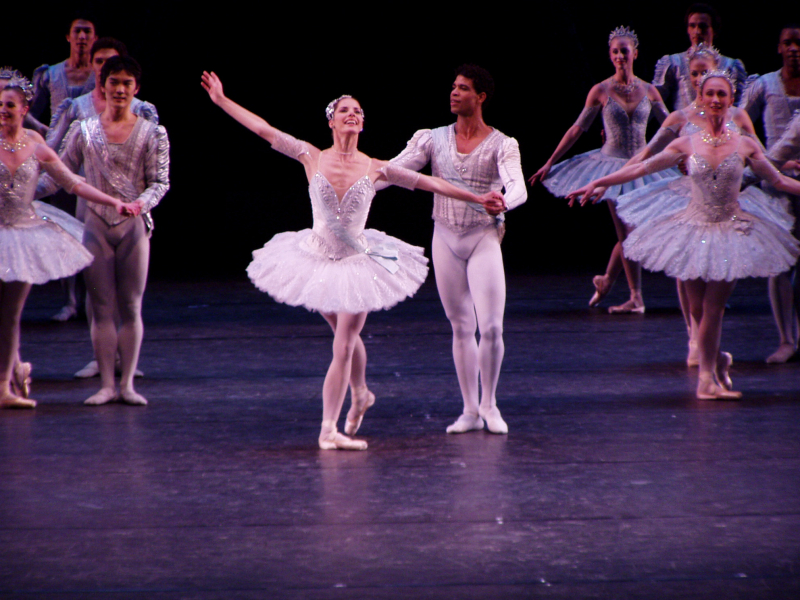
Photo on Wikimedia Commons (https://commons.wikimedia.org/wiki/File:Darcey_Bussell,_curtain_call_for_Theme_and_Variations.jpg) DanceLine Ballet












